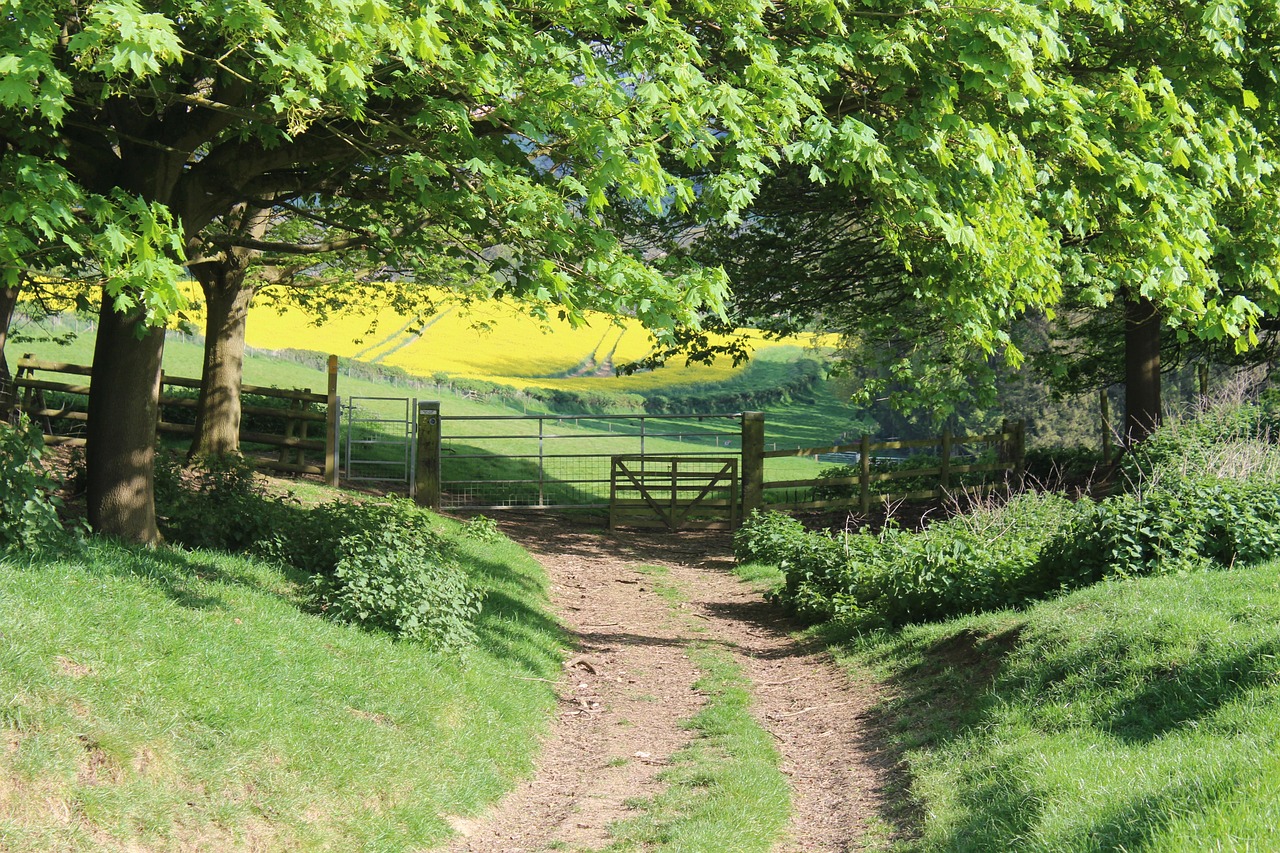Evaluating the Difficulty Level of Hiking the Cotswold Way
Hiking is an adventure that can take many forms, from a simple afternoon jaunt in the nearby woods to mountaineering expeditions that push the physical and mental limits. One popular trail in England is the Cotswold Way, which has fascinated both local and international hikers in equal measure. While challenging in parts, this trail also offers unparalleled beauty and historical intrigue, making it a leading choice for outdoor enthusiasts. This article will examine the difficulty level of hiking the Cotswold Way and provide insights into what one can expect while undertaking this picturesque journey.
Stretching across approximately 102 miles (164 km) from Chipping Campden to Bath, the Cotswold Way is renowned for its diverse terrain and picturesque villages. Despite its length, the trail tends to be well-marked and relatively well-maintained, which makes it straightforward to navigate. The difficulty level of this hike often varies, determined by factors such as the individual’s fitness level, preparation, the length of the hiking day, and the time of year.
For the casual walker or those new to long-distance treks, the Cotswold Way can present a series of challenges. Its undulating terrain features a cumulative elevation gain of about 3,500 meters—which roughly translates to going up a small mountain. This element can amplify the difficulty for those unaccustomed to constant uphill and downhill walking. Built on an escarpment, the Cotswold Way tends to involve steep climbs followed by steep descents. Some of the challenging parts of the trail are the Dover’s Hill climb at the beginning of the trail, the ascent and descent of Crickley Hill and Barrow Wake and the final climb into Bath Pasteur Hill.
Despite the challenging inclines and declines, the Cotswold Way is a non-technical hike, meaning it doesn’t require specialized gear or climbing skills. The key challenges are related to stamina, endurance, and ensuring suitable foot-care. When extending the hike over multiple days, ensuring you are carrying enough food and water but not over packing is crucial. Luxuries of hot food and soft bed often waiting in the family-run B&Bs, country inns, or small hotels that dot the route are a saving grace. There’s also the opportunity to stay in campgrounds if one chooses, adding another layer of versatility to the hike.
Additionally, the Trail’s difficulty can also hinge on the unpredictable English weather. Spring and autumn bring the most stable conditions, while summer can offer long, hot days that are challenging for hiking. Winter walks are discouraged due to short daylight hours and the potential for muddy or slippery trails. Yet, it’s not all about physical strain. The trail provides astounding beauty, rich history, and cultural significance, which soothes the mind and encourages the effort. The trail is peppered with historical and archaeological sites, including Iron Age hill forts, medieval churches, and ancient woodlands. The walk also offers stunning vista-views overlooking the Severn Valley, the Forest of Dean, and on a clear day, panoramic scenes of the Welsh Black Mountains.For those seeking solitude, the Cotswold Way can be an ideal choice. Although certain sections can be crowded, especially around popular settlements like Broadway, Painswick, and Stanton, most of the trail provides a peaceful, serene atmosphere of tranquil woods and quintessential English countryside.
Given the mixed bag of challenges and rewards presented by the Cotswold Way, a helpful perspective to take is: less difficulty, more adventure. More than anything, the hike requires preparedness, suitable equipment, sturdy footwear, a sensible itinerary, and a positive attitude. To sum up, the Cotswold Way offers a delightful choice of challenge, tranquility, and a chance to immerse oneself in the ages-old history and life of the British countryside. While its undulating terrain might be challenging for some, many hikers find it well within their capability. With good physical conditioning, appropriate preparation, and a realistic schedule, the Cotswold Way is an accessible and rewarding expedition for most hikers with a moderate fitness level. Start your hiking boots, grab a map, and experience the allure of the Cotswold Way– an adventure that promises to be, above all, unforgettable.
